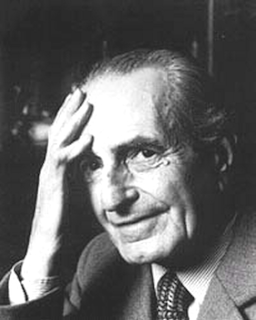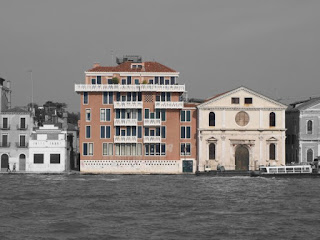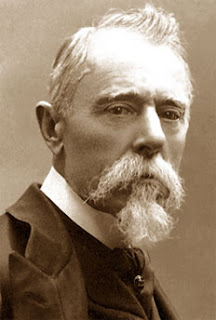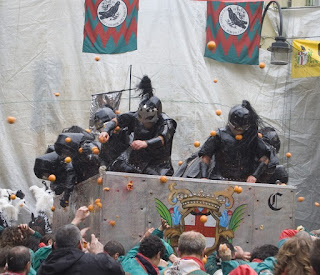Founder of Italy’s first typewriter factory
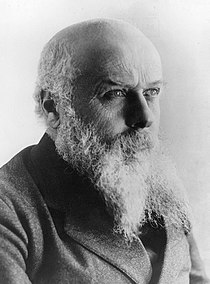 |
| Camillo Olivetti in 1930, at around the time he handed the reins to son Adriano |
The Olivetti company that later produced Italy’s first electronic computer was developed by Adriano Olivetti, the oldest of Camillo's five children, but it was his father’s vision and enterprise that laid the foundations for the brand’s success and established the Olivetti name.
Camillo came from a Jewish middle-class background. His father, Salvador Benedetto, was a successful merchant. His mother, Elvira, came from a banking family in Modena but her interests were more cultural. She was fluent in four languages.
Elvira had full care of Camillo after Salvador died when the boy was only one and sent him to boarding school in Milan at a young age. Although his mother’s fluency in four languages was a help - he learned English early in his life - she understood his inclination to work in electronics.
After graduating from the Royal Italian Industrial Museum (later the Polytechnic of Turin) with a diploma in industrial engineering, Camillo broadened his knowledge by travelling. He spent more than a year in London working in an industry that produced electrical instrumentation and later went to the United States with his former university professor, Galileo Ferraris, who in Chicago in 1893 introduced him to his hero, Thomas Edison.
 |
| The first Olivetti typewriter, the M1, which Camillo designed himself for production at the Ivrea factory |
Back in Italy in 1894, he teamed up with a couple of old college friends in his first business venture, importing typewriters, before deciding to go into production with a factory making electrical measuring instruments, entering into partnership with a number of investors.
The business grew, moving to factories in Milan and then Monza to enable increased production, but Olivetti had disagreements with his investors over how much of their budget should be spent on research, so the venture ended.
Taking 40 workers with him, he then moved back to Ivrea and, in 1908, opened the first dedicated Olivetti typewriter factory, a distinctive building in local Canavese red brick.
 |
| The original red brick factory was retained when Olivetti built new modern premises in Via Jervis in Ivrea |
At first, production was on a relatively small scale - about 1,000 machines per year - and the business began to grow exponentially only after the First World War, when Olivetti shrewdly diversified into aircraft parts, which were technologically advanced and therefore in constant demand.
When life returned to normal after the war, Olivetti was well placed to expand and developed a much improved typewriter, the M20. His business model, visionary at the time, included setting up Olivetti branches in Milan and then other Italian cities - and eventually abroad - to provide assistance to customers at local level.
Throughout much of his life, Camillo Olivetti was active politically. As a young man, a socialist by inclination, he was appalled by the what he saw as contempt for working people by the ruling classes and travelled to Milan in 1898 to take part in the so-called bread riots, when soldiers opened fire on protesters, resulting in 500 deaths. Angered by what he had seen, he considered raising his own armed force with the intention of stirring up revolution.
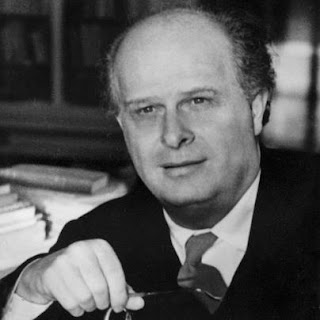 |
| Adriano Olivetti shared his father's vision and concerns for the workforce and the local community |
He scaled down his activities only when he began to fear Fascist reprisals against his factory in Ivrea. At one stage, after Mussolini introduced his race laws, Camillo had his family flee the country for their own safety.
Although he was a businessman foremost, he recognised the need for good relationships between employers and workers and supported the establishment of trade unions.
Olivetti would become a famous name worldwide, well-known for its technical excellence and modern designs as Camillo and later Adriano employed many famous designers and architects to work on their products and publicity campaigns, including Ignazio Gardella and Marco Zanuso.
But the company would also be admired for consistent social welfare policies. When Adriano became chairman of the company in 1938, he increases production to around 15,000 machines per year but at the same time, as the town’s biggest employer, instigated projects that would change the face of Ivrea, building schools, houses, roads and recreational facilities.
Camillo died at the age of 75 in 1943, having moved to Biella, not far from the border with Switzerland, in the 1930s because of the anti-Jewish political climate further south.
| Ivrea's cathedral, with its neoclassical facade |
Ivrea, where Camillo Olivetti was born and established his business, is a town in the Piedmont region of northern Italy, about 50km (31 miles) north of Turin. It has a 14th century castle and the ruins of a 1st century Roman theatre that would have been able to hold 10,000 spectators. The town’s cathedral, which originated from a church built on the same site in 4th century, itself at the site of a pagan temple, was reconstructed in around 1000 AD in Romanesque style and, in 1785, rebuilt again in a Baroque style. The current neoclassical façade was added in the 19th century. Ivrea hosts an annual carnival before Easter, which includes the Battle of the Oranges, where teams of locals on foot throw oranges at teams riding in carts.
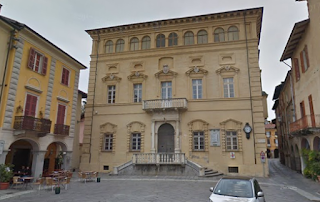 |
| The Palazzo Cisterna in Biella |
Biella, which sits in the foothill of the Alps, is about 85km (53 miles) northeast of Turin and slightly more than 100km (62 miles) west of Milan. It is surrounded by beautiful mountains and divided into two districts - Biella-Piano and Biella-Piazzo, which are connected to each other by steep streets and a funicular railway. Biella-Piazzo, the Medieval district, is dominated by the magnificent Palazzo Cisterna. Biella-Piano is the home of the Duomo, the pre-Romanesque Baptistery and a museum of Biellese history.
More reading:
Ignazio Gardella - the modern designer with an eye for the classical
Marco Zanuso, architect and designer who put Italy at the forefront of contemporary design
How Karl Zuegg turned the family farm into an international company
Also on this day:
1819: The birth of Risorgimento activist Aurelio Saffi
1912: The birth of award-winning microbiologist Salvador Luria
Home
